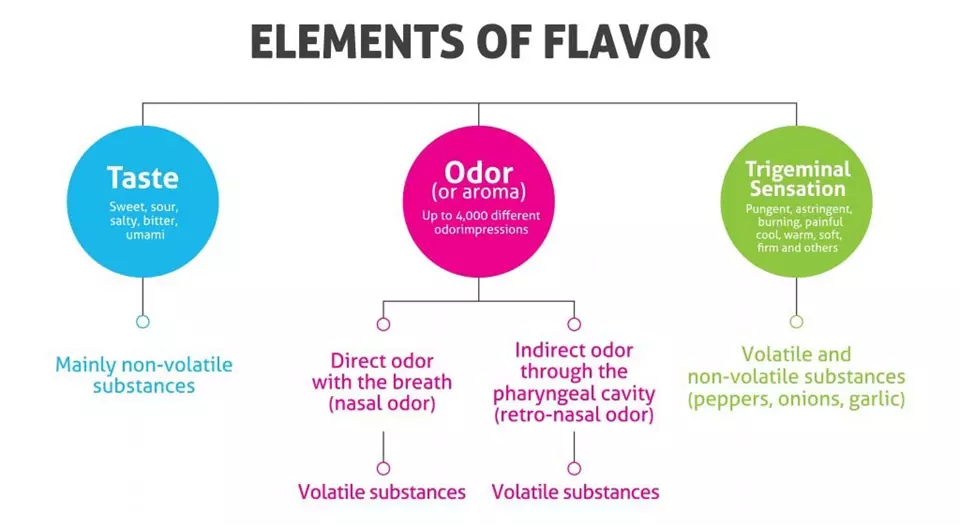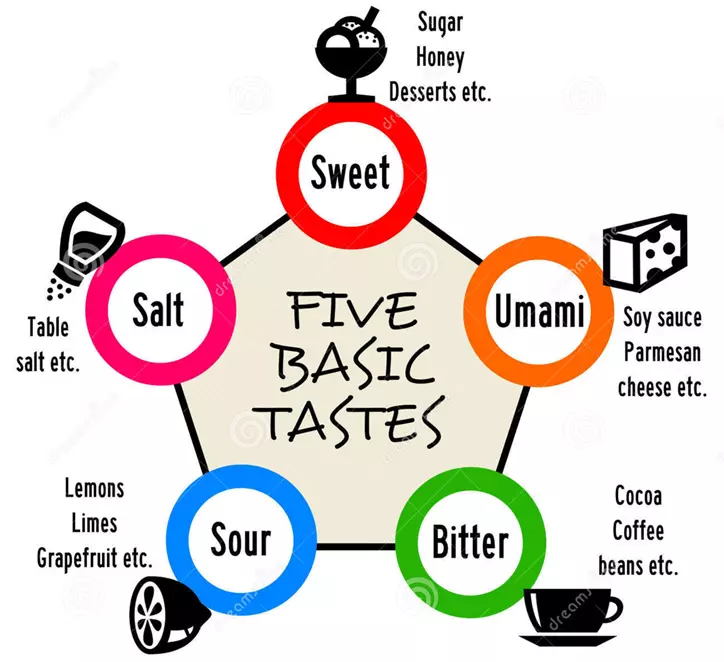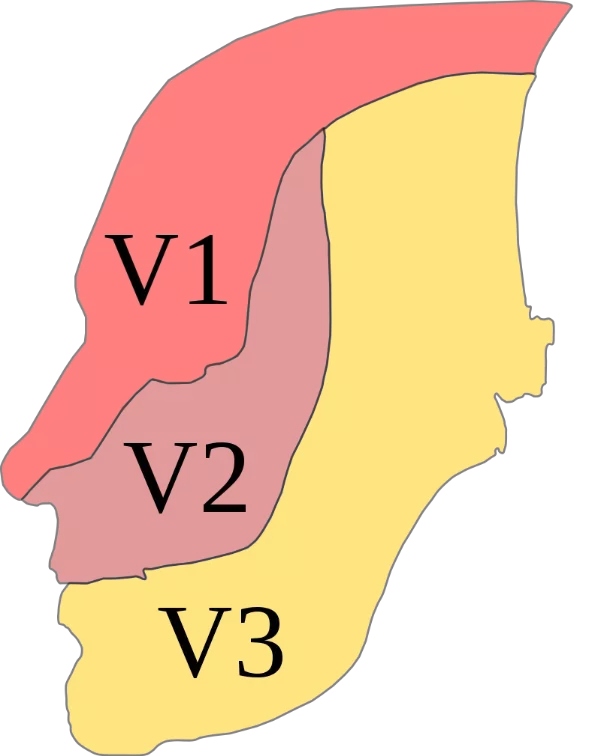
How to Taste Tobacco Flavored E-liquid - What is Flavor?
The flavor is a comprehensive feeling
The flavor is a compound quality formed by the combination of different sensories, which is a complex combination of smell, taste and trigeminal nerves perceived during the tasting process. The senses of smell, taste and trigeminal nerve are integrated and work together to form our comprehensive perception of flavor.

1. Taste
Taste is a sense stimulated by non-volatile taste substances, which consists of five tastes: sweet, salty, bitter, sour and fresh.

There is a concept that taste receptor areas are distributed differently on the tongue. Sweet and salty at the front, sour at the sides, bitter at the base of the tongue, and umami all over the tongue. However, it wasn't until 1974 that scientists overturned this concept. A scientist named Virginia Collins demonstrated experimentally that all flavors are discernible in all regions of the tongue.
Human taste is sensed through taste buds, which are clusters of many taste cells brought together. When the smoke stays in the mouth, the taste buds feel the stimulation of the smoke, and the proteins on the surface of the taste receptors interact to trigger the stimulation of chemical signals, which send the signals to the brain through the central nervous system. In the brain, specific flavors are recognized.
2. Sence of smell
The most important sensory in flavor is the volatile taste substances perceived by the sense of smell. The main mechanism of action is to feel through olfactory cells, then transmit to the brain through nerves.
The sense of smell involves two sensory systems, the olfactory nervous system and the nasal trigeminal nervous system. The smell is a distant sense, which is the sense of feeling chemical stimuli over long distances.
During the inhalation process of e-liquid, there are two ways for the smoke to be sensed by the sense of smell. One is that the volatile substances and the smoke generated after suction enter the top of the nasal cavity with the air, and the other is that the smoke passes through the turbinates or the nasal cavity when swallowing. The back of the mouth goes to the olfactory epithelium, and both ways are eventually recognized by the olfactory epithelium.
3. Trigeminal nerve sense
The trigeminal nerve is the fifth pair of cranial nerves and is a mixed nerve that contains both motor and sensory nerves. The nerve fibers of the trigeminal nerve extend from the temple to the eyes, nose and mouth, and split into three branches of the trigeminal nerve, so we call it the trigeminal nerve.

The trigeminal nerve sends warning signals, similar to a sense of touch that also gives us tactile information about smoke. It can detect many things that cannot be recognized by taste and smell, such as stimulation, heat, coolness, astringency, etc.
The mystery of tobacco-flavored e-liquid
To develop better tobacco flavor, we can get some inspiration from the three sensory characteristics.
In terms of taste, high-quality tobacco-flavored e-liquid should have the characteristics of a harmonious and full aroma, and the aftertaste in the mouth should be pure and comfortable without miscellaneous odors; In terms of nerve sensation, it needs to be mellow in the throat, and the smoke is delicate, soft and non-irritating.
Zinwi Biotech focuses on the source of tobacco flavor and the R&D of tobacco extracts. It will take the lead in establishing the Yunnan Tobacco Research Institute in 2022 to promote the development of enterprises with technology and lead the industry change with innovation. Zinwi Biotech actively explores scientific and efficient raw material processing technology, and fully stimulates the aroma components in raw materials through freeze-out, alcohol precipitation, rotary evaporation, centrifugation, molecular distillation, supercritical carbon dioxide extraction and other processes for tobacco extract raw materials, reduce miscellaneous gas and reduce irritation at the same time, so that the tobacco extract has the best aroma performance and aroma stability, to create a high-quality tobacco-flavored e-liquid.
We will contact you as soon as possible









